The reason I’m more a handgun shooter than a long gun shooter is mostly because “typical” long guns don’t fit me. While I’m not considered short in stature, I have a short sleeve length. Between that and a range of other variables, I’m a bit sensitive to the ‘reach.’
It seemed to me that manufacturers have for most of a century or so tended to the ‘long’ side of stocking long guns. I’m not sure why that is. Having toured old Fort Larned, last staffed as a military installation in the 19th Century, I was surprised to find the “short” doorways and short bunks; the display uniforms made it appear an army of smallish humans inhabited the place.
Nutrition was different then, as nurture and medical care, and people lived outdoors more than they do now – and being indoors was nothing to brag about. More energy was used up as a percentage of energy available for use by the body, hence the shorter stature … mostly. People were stunned at the size of Hickok, described as being a bit of a “giant” at six feet.
There’s some exaggeration there, but – then as now – humans were broadly variable in stature.
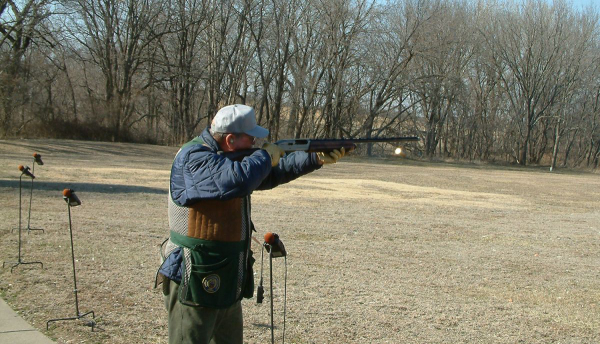
On Ft. Benning at the US Army Marksmanship Training Unit in late summer of 1972, I fired an original M1873 Springfield government rifle, properly loaded to the specification of the original black powder cartridge. I didn’t find it uncomfortable to mount, long rifle though it was, and that surprised me. The last rifle I’d fired before that, in the late winter/early spring of that same year, was marked “XM16E1” in basic combat training. It was properly stocked in the A1 fashion and it fit me quite well.
After my Army time, the product of Stoner found no favor in my personal endeavors until the era of the stupidly named and statistically irrelevant ten-year federal gun and magazine ban of the 1990s. I came into a few AR15s for magazine evaluations. As adjustable stocks, a practical idea, were considered products of the devil, these rifles were fitted with the gargantuan A2 stocks. That made the rifle a deal-breaker for me.
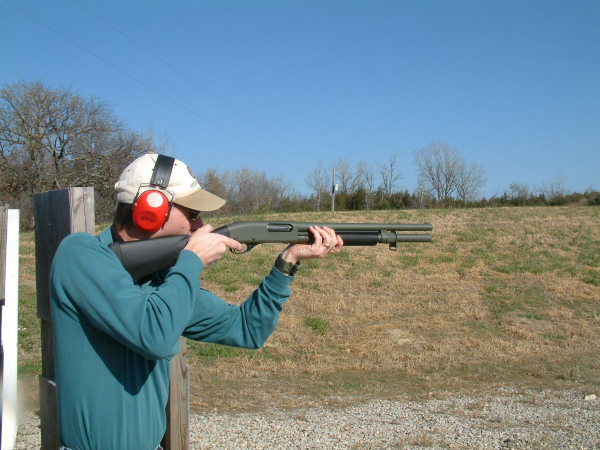
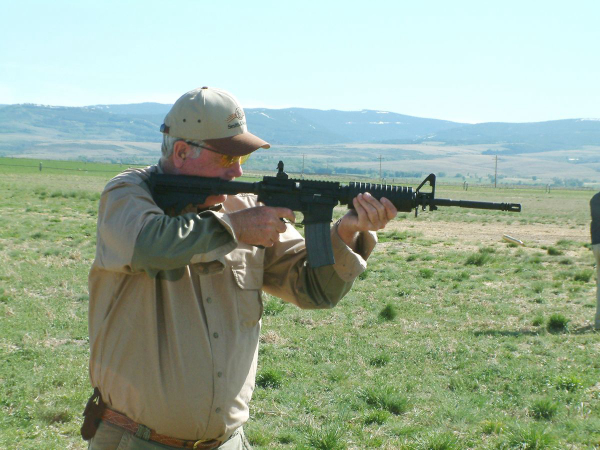
Post-ban, when a Colt LE6920 showed up, I found the six-position collapsible stock set to “zero” or one-click out fitted me best. That tells me a little about fitment, something about stance and use of the piece as well as gives me a light grounding in how to fit a gun to a shooter.
It’s of small concern to me now, as I’m mostly limited to rimfire rifles for long gun use; but it could be of general interest.
The best reason to fit a long gun to the shooter is repeatable consistency in the mount. We can’t wander about society – or in hunting afield – with the gun shouldered as if ready to shoot. First, it would wreck your situational awareness and prevent such activities as opening doors, entering and dismounting vehicles – not to mention the critical Rule 2 issues that would occur.
When looking at such things, real gun cranks discuss “length of pull.” This is the distance from the bow of the trigger to the center of the butt pad on rifle or shotgun. According to the instructions accompanying the Brownells Pull and Drop Gauge, “The old established way of determining Length Of Pull is by placing the short “leg” of the Brownells Pull and Drop Gauge in the crook of the arm … and measuring the length of the forearm to the trigger finger. While this measurement was widely used in the past to determine fit, it does not take into account such factors as facial bone structure,
length of the neck, thickness of the chest or the type of clothing that will be worn while shooting (when predictable).”
More variables – and what we are considering is repeatable consistency. Variables are the enemy of repeatable consistency.
Field shooters indeed checked length of pull by placing the buttpad of the unloaded piece in the crook of the arm formed by bending the elbow. See where the index finger of the gun hand comes to rest. If it’s on the face of the trigger, it’s a “GO.” If the finger is forward – on the front of the trigger guard or further, the LOP is too short. If the index finger rests behind the trigger or further back, the LOP is too long – that’s where I am for most of everything.
Between the comb of the stock – the top part where the cheek weld occurs – and the length of pull the Marlin-Glenfield M60 and variants are just stocked too long for me. The (great) old Remington Nylon 66 and some variants of the Ruger 10/22 are “just right.”
My father was configured such that he required a longer length of pull on a shotgun to reliably make hits. With a 22 rifle stocked too short for him, he simply accommodated.
That’s the key: you can work around a gun stocked too short more easily than you can a gun stocked too long – for a number of shooting endeavors.
The fact is that LOP is variable – not only in firearms, but in the physical variations between shooters, the shooting discipline being practiced – and the stance being used.
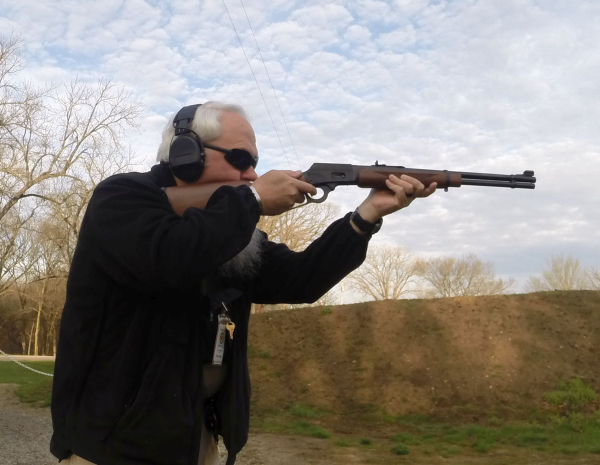
People have noted that doing the ‘hasty’ test for LOP – after flagging the chamber, putting the center of the butt pad in the crook of the arm and seeing where the tip of the trigger finger (bent at 90 degrees) interfaces with the trigger – is pure bunk.
It’s a ‘hasty’ test, not a precise one – but it’s what those of us in investigations call a “clue.” Less than absolute certainty, but leading us in a direction.
I’ve likewise seen references that state the “standard” factory length of pull in the US is 13.75” – but a source from 1976 puts the distance at just short of an inch more.
And it is more than “crook of the bent arm to the trigger” – you have to account for upper body mass, including the width of the shoulders. And that doesn’t address the difference in stances for various shooting applications, the use of optics with a required eye relief.
My experience leads me to believe that “industry standard” is too long for most applications and having a short stock is less problematic than a long one, if you adapt to it.
I checked my measurement from armpit to the end of extended fingers – just over two feet. According to a chart I saw on the internet (and one I won’t copy here), it shows I should have a 12” LOP stock for my long guns.
Actually, that’s pretty close. I had the Bantam stock put on the Mossberg M590A1 shotgun and it seems “just right.” There’s a short stock on my other “most used” long guns as well, or collapsible stocks.
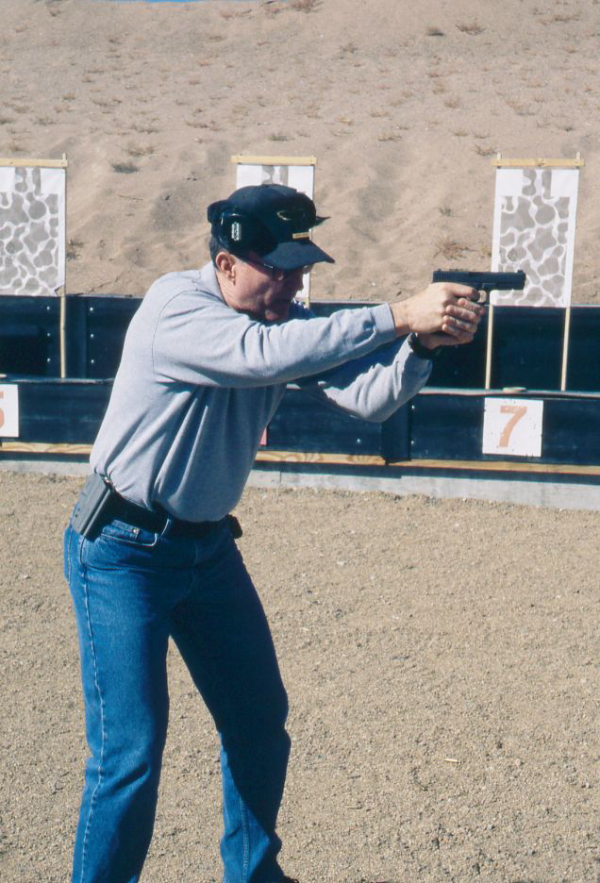
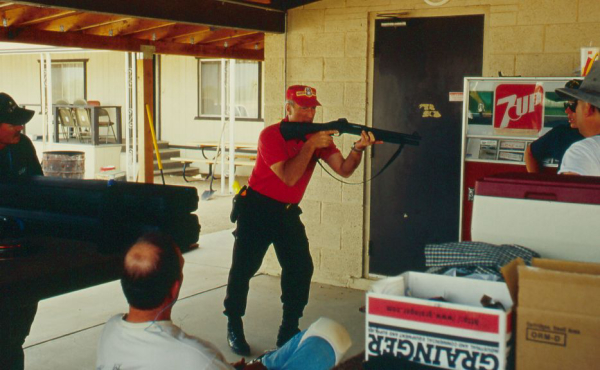
What difference does stance make? The classic rifle shooter stance is like a dualist’s stance: sharply bladed to the target. I’m thinking this fell out of favor at least by the end of WWI, as the ’03 Springfield was straight-stocked and putting the butt against the joint of the shoulder makes shooting a sadly painful affair. The shotgun shooter was more open in stance, bringing the rear shoulder forward and flaring the elbow to open a ‘pocket’ for the buttpad. Knees slightly bent and leaning into the gun were also advanced.
Simply adopting that presentation creates an opportunity for a shorter stock, but broadening the stance more to the “consistent stance” has one squared to the target with the shoulders nearly in alignment side-to-side requires a shorter stock. This allows one to stand in exactly the same way when firing handgun, shotgun, submachine gun or carbine.
It’s not a match bullseye stance and it’s not a trapshooter’s stance. It’s a fighting stance and it can – and has been – used to good effect in hunting applications, target games (e.g., 3-gun) and more.
You can get better use out of a long gun if it fits you. Get that tape out and get to measuring.
-- Rich Grassi